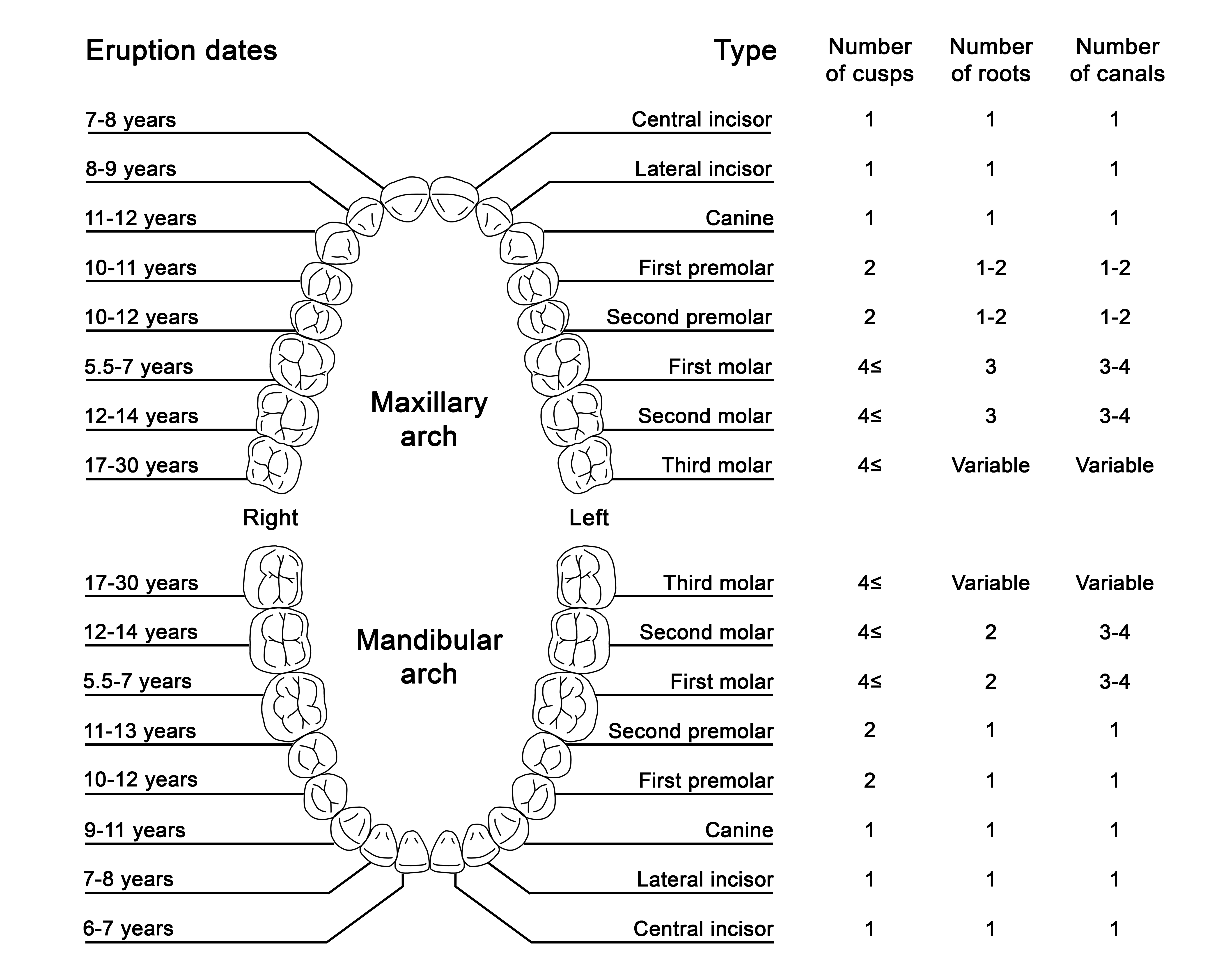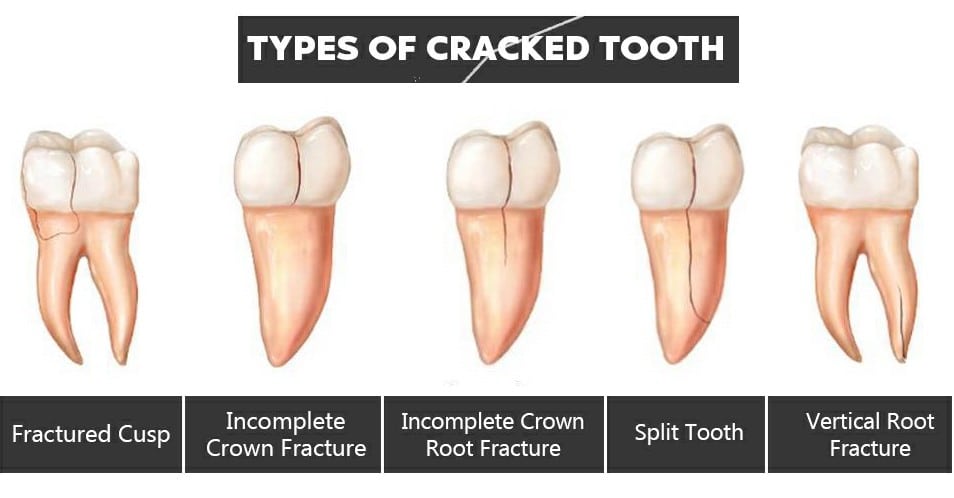Eruption Sequence Of Permanent Dentition

The eruption sequence of permanent dentition is a critical aspect of dental development, marking the transition from primary to permanent teeth. This process typically begins around the age of 6 and continues until approximately 12 to 14 years of age, with some variations due to genetic and environmental factors. Understanding the sequence and timing of permanent tooth eruption is essential for dentists, orthodontists, and other healthcare professionals to monitor dental health, identify potential issues early, and plan appropriate treatments.
Introduction to Permanent Dentition
Permanent dentition, also known as the permanent teeth, consists of 32 teeth, including eight incisors, four canines, eight premolars, and twelve molars. The eruption sequence of these teeth is generally consistent, although there can be some variation among individuals. The process starts with the first molars, also known as the “six-year molars,” which erupt at the back of the mouth, behind the primary teeth. These molars do not replace any primary teeth but rather come in behind them, expanding the dental arch.
Eruption Sequence
The typical eruption sequence of permanent dentition is as follows:
First Molars (6 years): These are the first permanent teeth to erupt, typically coming in at the age of 6. They are also known as the first permanent molars or the “six-year molars.”
Central Incisors (7-8 years): The lower central incisors usually erupt first, followed by the upper central incisors. These teeth replace the primary central incisors.
Lateral Incisors (8-9 years): Following the central incisors, the upper lateral incisors typically erupt, succeeded by the lower lateral incisors. They replace the primary lateral incisors.
Canines (9-10 years for lower, 11-12 years for upper): The lower canines (cuspids) usually erupt before the upper canines. These teeth are also known as cuspids and replace the primary canines.
Premolars (10-12 years): First premolars, also known as first bicuspids, typically erupt before the second premolars (second bicuspids). These teeth replace the primary molars.
Second Molars (12-13 years): The second molars, or “twelve-year molars,” erupt behind the first molars, similar to how the first molars came in behind the primary teeth.
Third Molars (17-25 years or later): The third molars, commonly known as wisdom teeth, are the last set of teeth to erupt. However, their eruption can vary significantly among individuals, and not everyone develops four wisdom teeth.
Factors Influencing Eruption Sequence
While the sequence of tooth eruption is generally predictable, several factors can influence the timing and order, including:
- Genetics: Family history can play a significant role in tooth eruption timing and sequence.
- Nutrition and Health: Overall health, nutritional deficiencies, or systemic diseases can affect dental development.
- Hormonal Influences: Hormonal changes, particularly during puberty, can influence the timing of tooth eruption.
- Environmental Factors: Exposure to fluoride, dental trauma, or other environmental factors can impact tooth development.
Clinical Significance
Understanding the eruption sequence of permanent dentition is crucial for dental professionals. It helps in:
- Monitoring Development: Early detection of deviations from the normal eruption sequence can lead to timely intervention.
- Treatment Planning: Knowledge of the eruption sequence is essential for orthodontic treatment planning, ensuring that the treatment aligns with the natural development of the dentition.
- Preventive Care: Recognizing the sequence and timing of tooth eruption aids in the implementation of preventive dental care measures, such as fluoride application and dental sealants, at the appropriate times.
Conclusion
The eruption sequence of permanent dentition is a complex and highly coordinated process that marks significant milestones in dental development. While the sequence is generally consistent, understanding the factors that can influence this process is crucial for providing personalized dental care. By recognizing the typical eruption sequence and being aware of potential variations, dental professionals can offer high-quality care tailored to the individual needs of their patients, ensuring optimal dental health throughout their lives.
What is the typical age range for the eruption of the first permanent molars?
+The first permanent molars, also known as the "six-year molars," typically erupt around the age of 6.
Do all individuals develop four wisdom teeth?
+No, not everyone develops four wisdom teeth. The number of wisdom teeth can vary, and some people may not develop any.
What factors can influence the timing and sequence of tooth eruption?
+Factors such as genetics, nutrition, health, hormonal influences, and environmental factors can influence the timing and sequence of tooth eruption.
Monitoring Dental Development: A Step-by-Step Approach

- Regular Dental Check-ups: Schedule regular dental check-ups to monitor the development of permanent dentition.
- Assess Eruption Sequence: Assess the eruption sequence and timing of permanent teeth to identify any deviations from the norm.
- Implement Preventive Care: Implement preventive dental care measures such as fluoride application and dental sealants at the appropriate times.
- Plan Orthodontic Treatment: Plan orthodontic treatment in alignment with the natural development of the dentition.
Understanding the Eruption Sequence: Pros and Cons

Pros:
- Early detection of deviations from the normal eruption sequence.
- Tailored treatment planning for orthodontic care.
- Implementation of preventive dental care measures at the right time.
Cons:
- Potential for variations in eruption sequence and timing, requiring continuous monitoring.
- Need for regular dental check-ups, which may not be feasible for all individuals.


